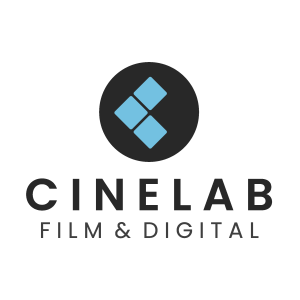
Cinelab London Goes Behind the Scenes of Grace Jones: Bloodlight and Bami

Ahead of the DVD/Blu-ray release of her film, Grace Jones: Bloodlight and Bami, director Sophie Fiennes’ reveals her creative collaboration with the icon and the recording techniques that make this intimate documentary of Grace Jones’ life so aesthetically beautiful.
In the documentary, film director Fiennes takes a raw and exhilarating insight into the life of the icon as an artist, performer and traveller. A pop cultural phenomenon, Grace Jones is famed for her radically androgynous appearance and wild, feisty attitude. As a contemporary portrait that captures the star at 69 years-old, the film unmasks Jones, revealing an intimate glimpse of her life behind the scenes as a daughter, mother, sister and grandmother.
The documentary was shot on a combination of digital and analogue film and culminates in a specially commissioned performance by Jones at Dublin’s Olympia Theatre. Fiennes worked with London-based film lab, Cinelab, to shoot the spectacular show and process the spectacular portrait of the singer.
We talk to Sophie and Cinelab’s Managing Director, Adrian Bull about bringing this incredible piece of film craft to life.
Q> Sophie, what inspired you to make a documentary about Grace Jones? How much did you know about her life story beforehand?
Sophie Fiennes, Director > Grace Jones was a powerful and unique visual presence within pop music when I was growing up. I loved the hit songs (and some of the more personal ones like The Apple Stretching and Yawning and Nipple to the Bottle). I certainly admired her, but I didn’t know anything about her life story.

Q> How involved was Grace in the final film and what was it like working with her?
SF> Much of the film is an observational documentary of Grace that I gathered over five years. The fundamental and very bold decision Grace made was to allow me full control on capturing her, and never trying to control me in the process. I think if we had not got along the final film would not have materialised and we’d have both abandoned ship. But I realised how tender, raw and intimate the footage was. I judged the performance part of the film in response to the documentary material I had. Grace never watched anything back, but of course she knew what I had shot, because she was there! She gave me 100% trust, which I am very grateful for as that gives me the space to imagine and put my ideas into action and see how they fly.” reveals Fiennes.
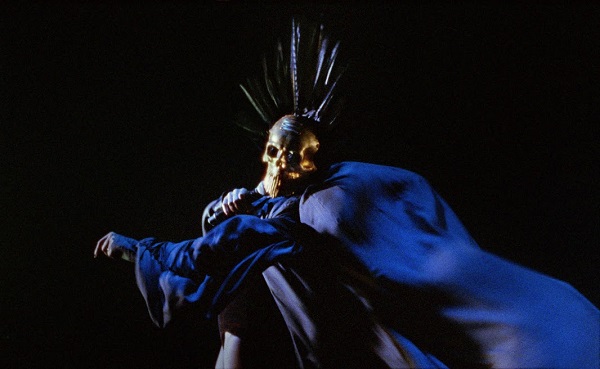
Q> The singer has such an iconic style. How did you aim to interpret this in the aesthetic of the film?
SF> The film took a long time to complete, this was a good thing because over the years I learned what really mattered to Grace. I watched her perform so many times, so I tried to bring that knowledge into staging her performance show for the film.
I worked as closely as I could with Grace herself and she is always very clear and quick in how she responds creatively to suggestions. It was daunting given her peerless archive, but I made sure I was working with great people; it’s so important as a director to have a strong team around you.
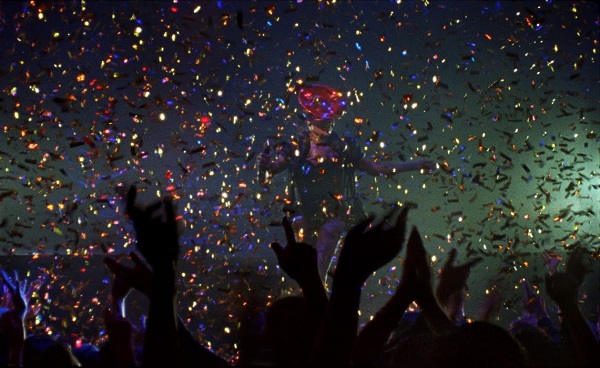
Q> Grace’s show was shot on 16mm, whereas the rest of the documentary was captured with DVCam. What made you decide to use 16mm to shoot the concert?
SF> Shooting all of the documentary on mini DV tapes was the only possible method at the time - small, portable and intimate. However, the optics of these small cameras were too limited to capture Grace’s performance. So, we shot Grace’s performance on-stage on Super16mm.

Q> Adrian, this must have been an exciting project for Cinelab to work on. How were you involved in the process?
Adrian Bull, Managing Director at Cinelab > It’s not a typical request. We first got involved with the request to shoot the ‘one-off’ concert created specifically for the documentary which was shot on Super16mm film. Most would think dark concert environments are ideally suited to digital cameras that can perform better in low lighting conditions. As it turned out, the impressive stage light displays with lasers actually showed how well film performs in capturing a very wide dynamic range. The intensity, vibrant colours and contrast were, of course, captured incredibly well.”
Q> Were Cinelab involved in any other parts of making the documentary?
AB> Yes, we also provided the technical and creative support regarding the project approach and workflow. We worked very closely with the Remko Schnorr the Cinematographer, and Eugene McCrystal at Outer Limits in Dublin for the post production. We tested processed and scanned stock tests for the 16mm concert shoot and despite being an indoor shoot, the colour temperature of the on-stage lighting resulted in choosing 250D stock which worked really well.
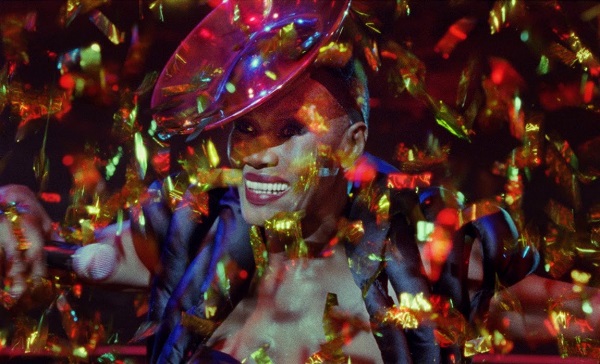
Q> The previously recorded DVCam footage was then converted to film too. Sophie, what made you choose to make the whole documentary look as though it was shot on film?
SF> I didn’t want to pretend that this documentary is shot on film, it’s that I want the images and moments to enter the audience’s physical senses. I think film (and how you frame, work with light and edit too) has a particular quality in this respect. The way we see and respond to light echoes the way film responds to light. The technology that produces film is based on a chemical response to light - as opposed to striving for more enhanced ‘definition’ which is where digital technology has gone. This results in a more organic tonal range giving the images a sensual quality. I also set my mini DV camera to reduce the digital definition.
When projecting on a big screen shooting on film helps loosen the hard edge and against aspects of digital artefacts that become apparent when recording with DV. It also means you get a richer source of colour information to work with in the grade.

Q> Have you always been a fan of shooting on film opposed to digital, or was this a necessary creative choice for the film?
SF> I’ve always been a fan of shooting on film. There have been great advances in digital technology (some of which I am a great fan of and make the most of), but I see films that strive to make digital look like film and I wonder why they don’t just shoot on film? The post-production process is now so exciting in terms of scanning and grading and projection. But for the initial capture, there is an unquestionable magic to film over digital. Just to just process a roll of film, and that the pictures emerge, is still magical to me.
Q> Adrian, how long did it take to convert the film?
AB> The film record and scan process took about a week. In total there was about 85 minutes of DVCam footage in the final documentary, so we recorded this back to 35mm film using a High-Speed Arrilaser. This was developed and then scanned at 2K using a pin-registered Arriscan scanner. The uncompressed 10bitLog DPX files were then file transferred to Outer Limits for them to perform the final conform and grade.
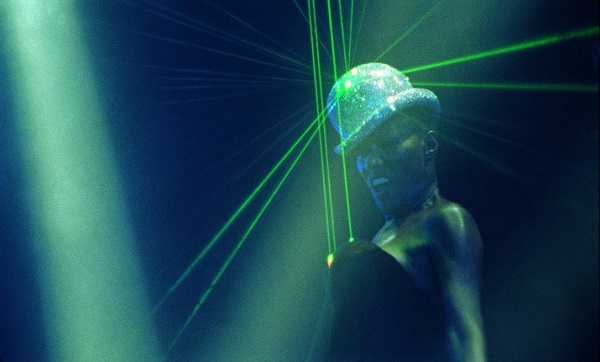
Q> So, how were the DVCam rushes treated to give the film the required aesthetic?
AB> As the documentary video content was being assembled alongside the concert film footage, it became apparent that there was a significant disparity in the look of the two formats. The secret with many high-end commercials, shot digitally, is to record these back to film, print them and then scan them back to digital. What this achieves is, not only a subtle overlay of the film grain, but also a more sympathetic rendering of light and colour over the video image.
We tested the process taking the graded DVCam rushes from Outer Limits and recorded them on a few intermediate 35mm stocks. We then scanned these using the Arriscan and looked at the results, projected at 2K. The result was a surprise for us as we had not tried previously to work with such a comparatively low-resolution source - but it without doubt enhanced the content quite dramatically.
Q> Sophie, had you known about Cinelab before working on this film? What was it like to work with them?
SF> No. But as I learn more about how Cinelab came to be, it all makes sense and I am not surprised to hear that their workload is increasing all the time. The finances behind documentary are always less than fiction or commercials. So, I am just grateful that Cinelab is able to work with film makers and artists across the spectrum. It’s an independent company run by a group of friends who love film and have the highest possible standards. You can’t really ask for more!







